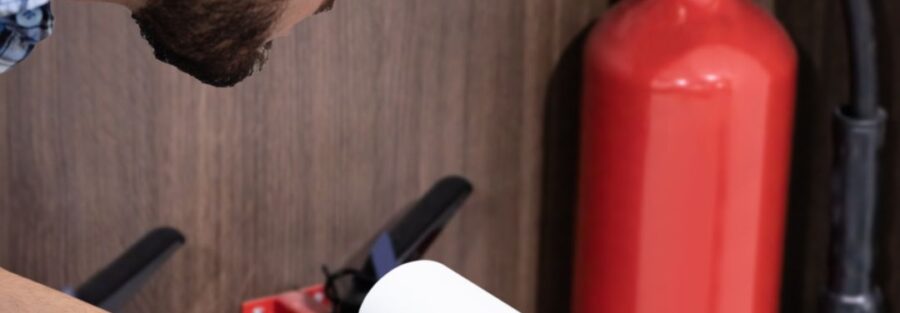Fire Risk Assessments for GP Surgeries
GP surgery risk assessment is required by law. All GP practices are required by law to follow the 2006 Fire Safety Order (FSO) and be able to show compliance when inspected.
GP Surgeries’ Fire Risk Assessment Responsibility:
According to the Fire Safety Order (FSO), a named “responsible person” should oversee fire safety in non-domestic properties. Moreover, as per the features of their facilities, the responsible party must conduct a GP surgery fire risk assessment. Consequently, they should implement suitable fire safety measures. The enforcement authority uses regular audits or inspections to implement these measures.
The GP practice manager is typically the “responsible person” under the FSO, or the fire safety manager, at GP offices.
Therefore, practice managers are in a unique position to review their fire safety protocols to ensure that their practices aren’t slacking on the FSO’s requirements.
The Department for Communities and Local Government specifies that conducting a fire risk assessment in GP surgery is the primary duty of the FSO responsible person.
If you are the responsible party, you must do a fire risk assessment that focuses on the safety of all “relevant personnel” in the event of a fire.
Any potentially dangerous substances that may be on the property should be taken into account. Special attention to individuals at particular risks, such as children, people with special needs, and those who are disabled during GP surgery risk assessment is of primary importance.
Your fire risk assessment will assist you in determining the type and scope of the general fire measures you must take as well as dangers that can be eliminated or reduced in your GP surgery.
How to create an effective fire risk assessments in GP surgeries:
While the risk assessment is in the process, firstly all the regularly used areas need checking. Secondly, and as importantly, check any outbuildings or unused extra rooms on the grounds of GP surgery.
Your Risk assessment checklist should include two major categories:
Hazards include anything that could endanger others or, more specifically, raise the risk or severity of a fire on the premises.
Risk is the likelihood that harm may occur. In a GP surgery fire risk assessment this category needs special attention.
There are five easy steps to producing an efficient risk assessment that focuses on hazards and risks:
- Determine any potential fire hazards, such as defective wiring, sources of ignition, sources of fuel, and sources of oxygen. Igniting factors include anything that could start a fire, while stoking factors include extremely flammable medications (a component that feeds a fire).
- Identify those at risk, including those who may enter the practice, such as patients, personnel, CQC inspectors, police, and homeless persons. Identifying your most vulnerable population, such as people with impairments, is also essential.
- Evaluate the danger of a fire developing and the risk to humans from fire in order to remove, mitigate, and defend against risk.
- Next, eliminate or lessen any risks to individuals by enhancing detection and warning, making escape routes visible, upgrading lighting quality and ensuring that all lighting is secure, adding more obvious signs and notifications, and continuing the actions mentioned earlier.
- Risk assessment should document any substantial risk or hazard along with the steps taken to mitigate it.
Be proactive and create an emergency plan. Let everyone know what you’ve noticed about fire safety at your office, and give your workers fire safety instructions in line with your risk assessment.
After Assessments:
Examine: Continue to review your assessment and make appropriate revisions, as well as every time new risks or hazards are added to your surgery.
Once you have a broad, up-to-date risk assessment, you should raise awareness within your surgery.
Drills: To ensure that staff members are familiar with fire exits and assembly areas, you should conduct frequent fire drills and require all workers to attend a fire safety training session. GP surgery should hold fire drills once or twice a year to re-energise personnel if it’s a small, family-run practice with few new hires.
Fire drills should, however, be held more regularly if you have a high staff turnover rate— like in more extensive or “merged” practices—so that new employees are informed and empowered.
Since so few of us have experienced a disastrous fire, it is quite simple to believe it will never happen. Therefore, getting complacent with risk assessments and fire drills is equally simple and lets the thought of fire danger slip from our minds. However, the UK fire department is investigating an increasing number of incidents.
To ensure your surgery is fully compliant, you can book a Fire Risk Assessment with Property Checks. Contact us today or request a quote online.



